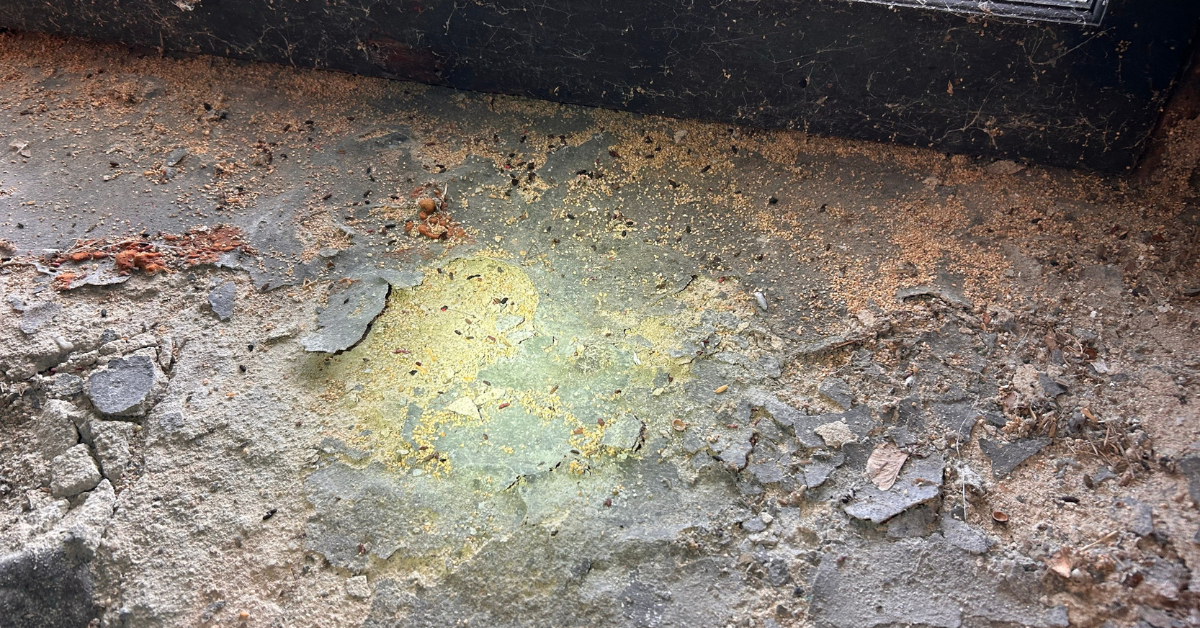Coyotes Impacting Tick Populations This Year
The Poughkeepsie Journal states, in New York State, if you hear howling at night, it's not a wolf. And it's not your imagination. When New York's wolves were killed off in the 19th century, it left an ecological vacuum that coyotes were happy to fill.
Coyotes arrived in New York in the 1920s from western and northern regions. Today's coyotes have some wolf genes mixed in with their ancestral coyote DNA, but there is no evidence of recent hybridization with domestic dogs.
As one of the region's top predators, coyotes perform some of the ecosystem functions once provided by wolves. Researchers are exploring the extent that coyotes regulate large animals, such as deer, and their impact on prey species.
This winter, coyotes were more than an occasional visitor at the Cary Institute's Hudson Valley campus. Coyote tracks far outnumbered those of bear, fox, bobcat, fisher, otter, and raccoon. Cameras placed on the grounds as part of a deer study recorded 4 times more coyotes than all other predators combined.
Studies suggest that coyotes and foxes don't "play well together." When coyotes move in, foxes move out or get killed. Cary Institute researchers hypothesize the loss of foxes may increase Lyme disease risk. Coyotes eat a wide range of animals, from mice up to deer, whereas foxes focus their appetites on small rodents, like mice and chipmunks, which are reservoirs for Lyme disease.
The National Pest Management Association offers these tick prevention tips:
- Wear long pants, long-sleeved shirts and closed-toe shoes when outdoors, especially in wooded areas or tall grasses.
- Wear light colored clothing, which makes it easier to spot ticks and other insects.
- Wear a bug spray containing at least 20% DEET when outdoors, and reapply as directed on the label.
- When hiking, stay in the center of trails, away from vegetation.
- Take steps to keep your own yard tick-free. Keep grass cut low and remove weeds, woodpiles and debris, which can attract ticks and other pests.
- Inspect your pets for ticks on a routine basis. Just like humans, pets can contract Lyme disease from ticks.
- Inspect yourself and your family members carefully for ticks after being outdoors.
- If you find a tick on yourself or a family member, remove it with a slow, steady pull so as not to break off the mouthparts and leave them in the skin. Then, wash your hands and the bite site thoroughly with soap and water. Ticks should be flushed down a toilet or wrapped in tissue before disposing in a closed receptacle.
- Be on the lookout for signs of tick bites, such as a telltale red bull's eye rash around a bite. If you suspect a tick has bitten you, seek medical attention.
- Learn the symptoms of Lyme disease and consult with your doctor immediately if you believe you have contracted it.
- If you find a tick in your home or suspect you have ticks on your property, contact a Albany pest professional who can inspect and recommend a course of action to reduce or eliminate ticks on your property.


.png)
.png)
